Professor’s Video Wins International Prize
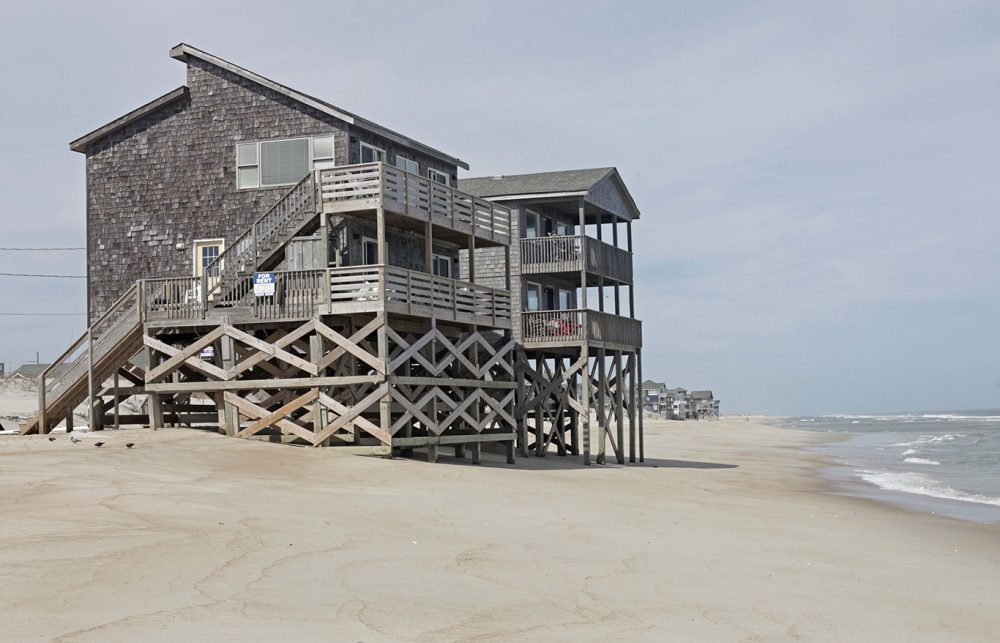
Jurors call “Like Shishmaref,” showing coastal degradation in Alaska and N.C. Outer Banks, “a powerful artistic experience.”
Professor of Art Marek Ranis has received the prestigious KP Prize 2025, awarded by the Kunsthal Aarhus, a contemporary art museum in Denmark. Ranis received the award for his video, “Like Shishmaref,” which was presented in the museum’s KP25 exhibition.
Established in 1947, the Kunsthal Aarhus annual KP exhibition showcases exemplary work by artists from across the globe, selected by a distinguished jury. Artists of all ages, educational backgrounds, nationalities, and residencies are invited to submit their works. From the artists chosen for the exhibition, the jury awards one KP Prize to an artist “who has shown extraordinary talent.”
For this year’s KP25 exhibition, the selection committee reviewed a total of 2,658 works from 543 applications and chose 90 works by 58 different artists for presentation.
Completed in 2016, “Like Shishmaref,” is a 16-minute video that juxtaposes scenes of the eroded coasts of the Alaskan Inupiaq village of Shishmaref and the North Carolina Outer Banks (pictured in a film still above). Both landscapes have been battered by rising seas caused by climate change, demonstrating an environmental catastrophe shared by communities thousands of miles apart.
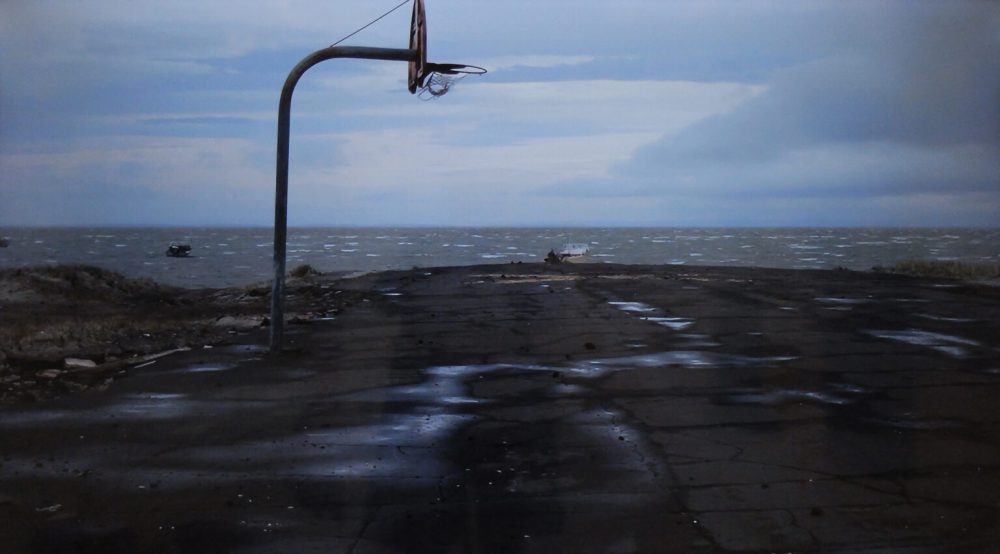
The KP selection committee called “Like Shishmaref” a “powerful artistic experience.”
“There are no words or spoken commentary, no explanations—only images that speak for themselves,” the jurors wrote. “Visual art in its own right. There are also no moralistic finger-wagging or bombastic proclamations to steer the viewer in a particular direction or to standardize the experience; instead, it offers a poetic, sensual stream of images open to various interpretations and reflections, as is the case with all good art.”
Since 2002, Ranis has been investigating climate change through his artistic practice. He has had multiple research residencies in Alaska, Iceland, Greenland and northern Norway. He has presented research at the Arctic Circle Assembly, the largest international conference addressing challenges facing the Arctic, and has exhibited his work locally and across the world.
This summer, Ranis has returned to Norway for a summer residency at the Nordic Artists’ Centre Dale, a highly sought after program that accepts just 15 artists from more than 1300 applicants. While there, he will complete a project, begun in the fall of 2024, in which he is painting the Norwegian landscape as seen through the windows of the homes of residents in the Dale area.

Ranis is interested in community identity and how, he says, “the land becomes the unifying force, the connector.” Because there is a nearby university, the population is remarkably diverse for a small village. Over the course of several months, Ranis has been meeting with both native Norwegians and international residents in their homes, conducting extensive interviews to learn about their histories, their relationship to and perceptions of the landscape, and their concepts of national identity.
“I’ve interviewed expats from Wales, Scotland, and the USA, as well as recent political and war refugees from Eritrea, Afghanistan, Congo, and Ukraine,” he said.
In each home, Ranis has asked which window view is the residents’ favorite, and that view becomes the subject of a painting (see examples, below).
“I really wanted to see the place through their eyes,” Ranis said.
By the end of the residency, he hopes to have completed more than 20 interviews and corresponding paintings, which will be presented at an event at the Nordic Artists’ Centre in July. Subsequently, Ranis will give each participant their respective painting as a gift, “in gratitude for my experience,” he said. The Nordic Arts Centre will also publish a book of the Dale Series paintings and conversations.
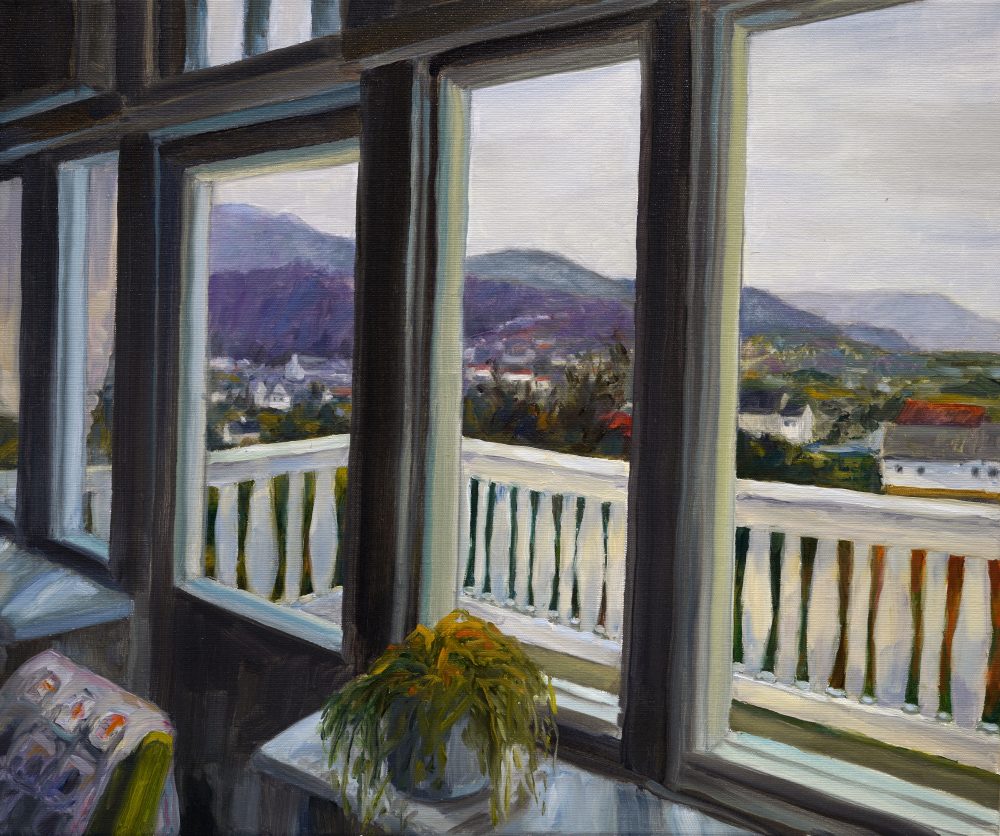
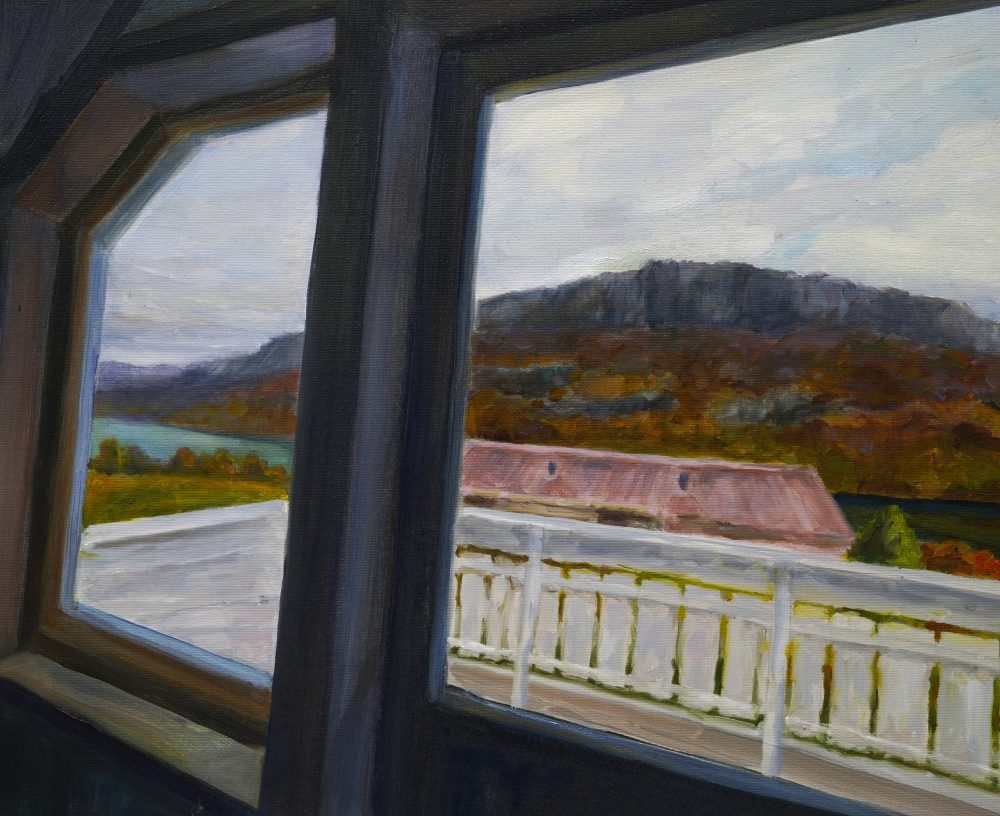
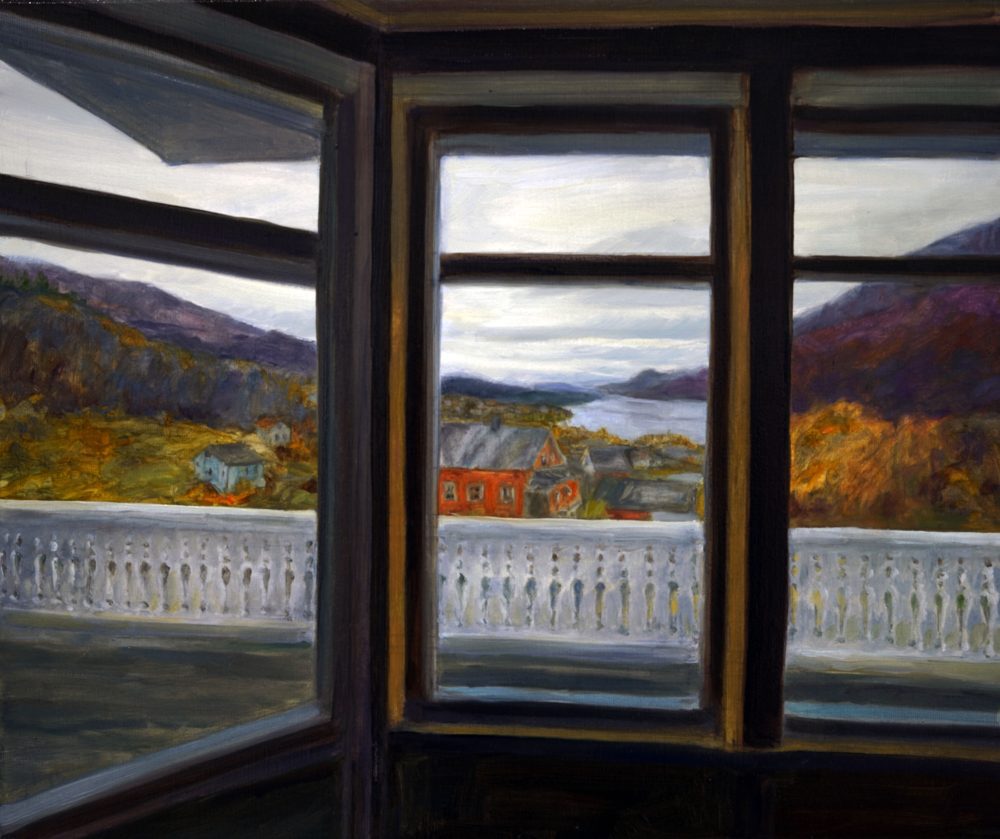
Norway has spectacular scenery – famous for its fjords – and two centuries of paintings celebrating its unique landscape. Ranis said that he had to return to his early training to paint “straightforward classical landscapes,” but that it has proved to be meditative, and a “form of escape.” Compared to the constant change in our daily lives, the majesty of Norway’s nature conveys a reassuring permanence.
“It’s constant. It stays there. As humans, we need that. We all have a longing for something we can rely on.”